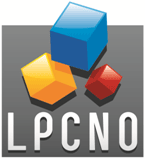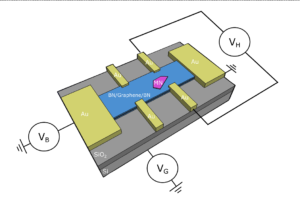Research project selected under the 2021 call for proposals

Principal Investigator : Benjamin LASSAGNE
Involved Teams :
- LPCNO / Nanomagnétisme
Type of project : Disruptive Project
Date (start/end) : 2021 – 2023

Magnetic nano-materials as chemically synthesized nano-objects or new van der Walls type ferromagnetic 2D materials are expected to be corner building blocks for a large number of applications in the fields of spintronic, massive data storage, magnetic sensors, permanent magnets, medicine. Each of these applications has its own specifications in terms of magnetic properties (Curie temperature, magnetic anisotropy, spontaneous magnetization, magnetization switching mechanism and electron transport spin coupling). The versatility of magnetic nano-materials comes from the possibility to tune their electronic band structure and thus their magnetic properties by varying their size, their shape and their chemical composition or by tuning their electronic density electrostatically or chemically. The deep understanding of the coupling between their magnetic properties and their structure demands to address the properties of few and ideally individual nano-objects. Dedicated magnetometry measurement techniques are needed in order to reach the sensitivity to measure individual nano-objects in large range of magnetic field and temperature. Among all the magnetometry techniques available, one of the most appealing is based on high performance Hall sensors. Such devices can operate in various conditions and can be downsizing to the size of the nano-material to study. Very recently it has been shown that Hall sensors based on ultraclean Graphene monolayer encapsulated between Boron Nitride flakes outperform the state of the art of Hall sensors made with traditional 2DEG semi-conductors. Furthermore, Graphene Hall sensors practically reach the resolution of the micro-SQUID which is the most sensitive technique so far, without having its drawbacks. It is evident that future improvements of Graphene Hall sensors will allow them to outperform micro-SQUID. The MAGHALLOR project aims to develop and optimize such high performance Hall sensors based on ultraclean Graphene to probe the magnetic properties of individual Fe, Co, FeCo and FeNi nano-objects as well as individual ferromagnetic 2D materials deposited on them. Also, the MAGHALLOR project will address the fabrication of graphene/ferromagnetic 2D material heterostructures and the resulted electronic/magnetic coupling will be probed by magnetotransport measurements.
